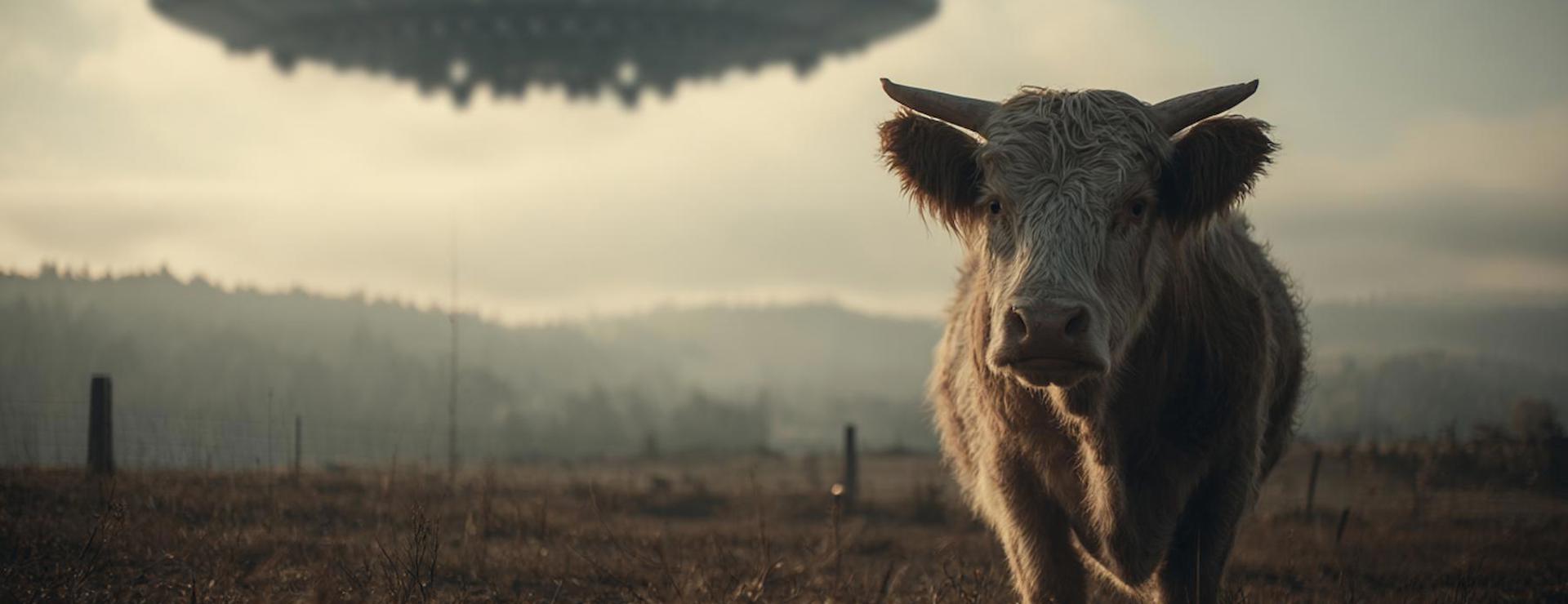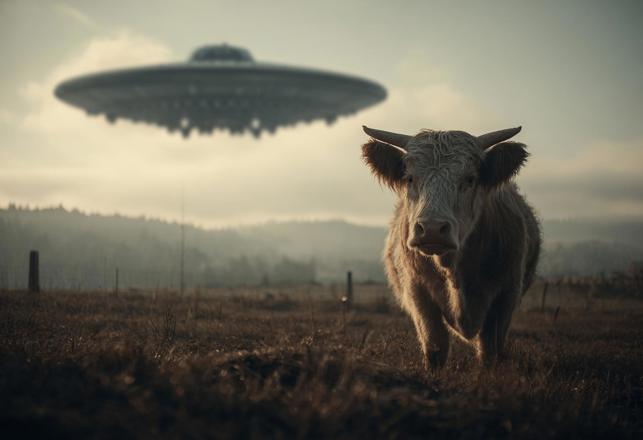Week in Strange Sightings: Cattle, Pyramids, Prophecies and a New Lake Mystery
- Reports of cattle mutilations continue to attract eyewitness accounts and unexplained evidence.
- Pyramid discoveries raise questions about ancient security and modern interpretation.
- Baba Vanga’s 2026 forecast resurfaces and prompts renewed debate over prediction accuracy.
- A newly reported lake creature sighting adds to long-standing aquatic mysteries.
- Patterns of odd incidents suggest more careful documentation is needed across all stories.

A roundup of mysterious, paranormal and strange news stories from the past week.
Multiple ranchers in the Midwest reported cattle found in unusual states, with precise cuts and missing organs that veterinarians said did not match common predator patterns. Some witnesses also described bright lights overhead the night before the animals were discovered, but photo and video evidence remains limited and inconclusive. Local law enforcement is cataloging physical evidence while independent investigators collect soil and tissue samples for lab analysis.
Archaeologists working at a remote site revealed structural features inside a small pyramid compound that some are calling “booby traps” designed to deter intruders. The team found narrow channels and angled stones that could channel air, sound or water in ways ancient builders likely intended. Experts caution against jumping to dramatic conclusions and recommend controlled testing before assigning motive or function.
Baba Vanga, the Bulgarian mystic whose name resurfaces every few years, had a list of 2026 predictions circulated online this week after a translated compilation went viral. Analysts who track her legacy note that many posthumous attributions are secondhand and often inconsistent across sources. Skeptical researchers urge that any forecast be compared against documented original statements before being cited as evidence.
A small lake community reported a sighting of an unidentified aquatic animal that left wake patterns and circular ripples inconsistent with known local fauna. Two anglers took photos of a dark shape near the surface, and those images are being evaluated by local naturalists and a regional university. Past lake monster reports in the area have alternated between misidentified wildlife and genuine unknowns, so investigators are keeping an open but cautious stance.
Across these cases, a common theme is limited but persistent witness testimony combined with fragmentary physical traces. That mix makes definitive answers hard to reach but also highlights where disciplined investigation can make the most impact. Community reporting networks, timely preservation of evidence, and transparent collaboration with labs and universities would help turn mystery into data.
For readers following these stories, the best approach is to demand clear documentation and independent testing before accepting sensational explanations. Keeping careful notes, timestamps, and samples allows professionals to apply standard scientific methods. The strange will remain interesting, but rigorous methods turn anecdote into understanding.

Leave a Comment